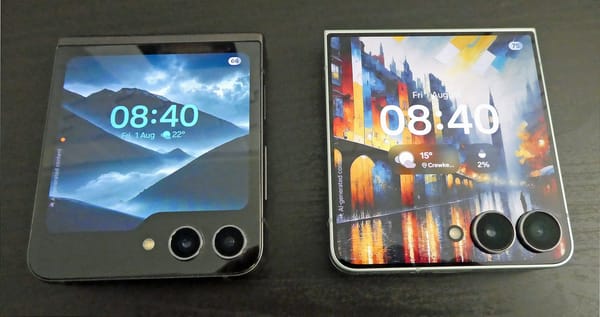The pace of change in mobile technology isn’t always obvious until you see it side by side.
I took the photo above to compare the cover screens of the Galaxy Z Flip 5 and the newly launched Galaxy Z Flip 7 – foldable smartphones that are two generations apart, and it shows how far Samsung has come in refining foldable design. The Flip 7 runs One UI 8 (Android 16) out of the box.
I bought the Flip 5 on its launch in 2023, and it's served me very well indeed during these past two years. I skipped the Flip 6 in 2024 as I saw little change to warrant the update. But the Flip 7? Ah, this is the one worth upgrading to.
The Cover Screen: A Bold Visual and Functional Leap
The difference is striking at first glance, where the Flip 7’s cover screen is a real leap up in how it stretches edge to edge, unlike the Flip 5’s (and indeed, the Flip 6's) comparatively constrained display. That extra screen space, and how it’s used, marks a genuine shift in usability.
In reality, it’s the most visually striking and functionally transformative change in this generation of Z Flip.
The 4.1″ FlexWindow, to give the cover screen its formal name, dominates the front face of the device – a true edge-to-edge display that replaces the boxed-in look of the Flip 5’s cutout rectangle. It’s not only about size, but also how the screen sits within the body of the phone. The rounded corners and reduced bezels give it a polished, modern look that feels premium and purposeful.
As The Guardian put it, "The Flip 7 is Samsung’s most attractive flip phone yet, but the biggest upgrade is the larger cover display on the outside." I agree – it’s the first thing you notice, and the most meaningful change when using the phone closed.
From a functional perspective, the added space makes a big difference. Widgets are easier to read, notifications are more useful, and the screen becomes a viable interaction point rather than just a glance-and-go tool. This plays directly into how I want to use the phone more efficiently: quick tasks, fewer interruptions, and less need to open the device every time.
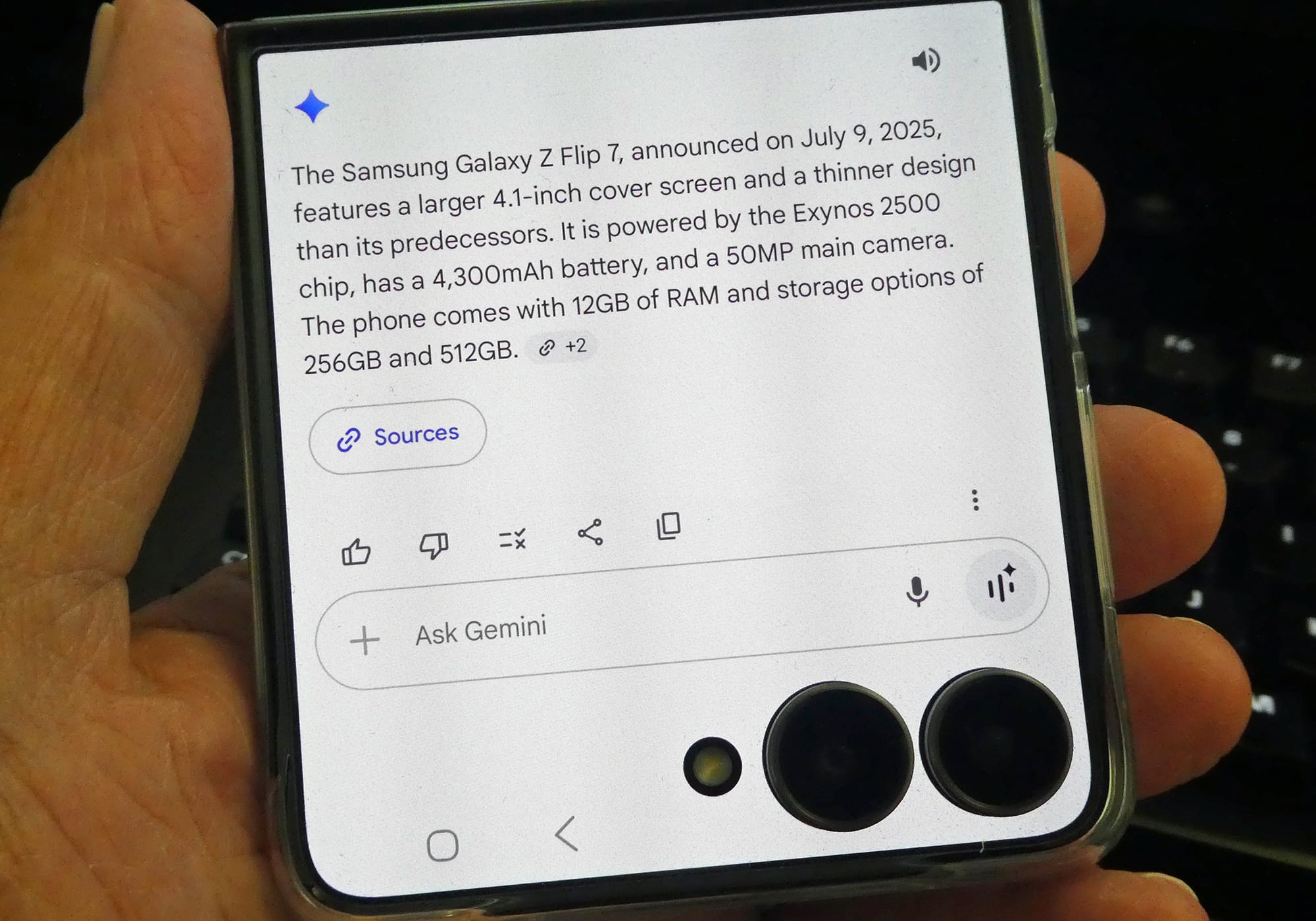

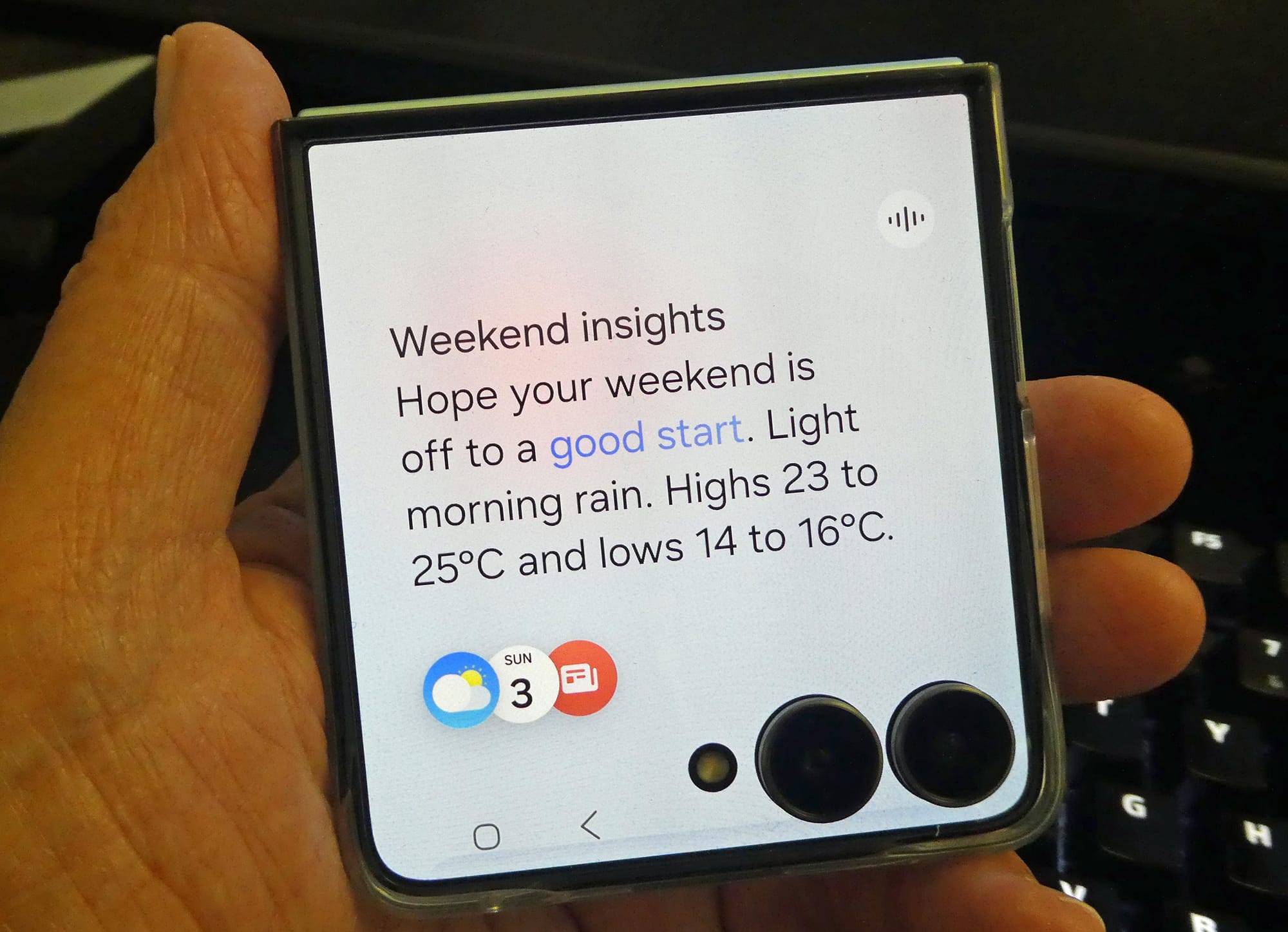
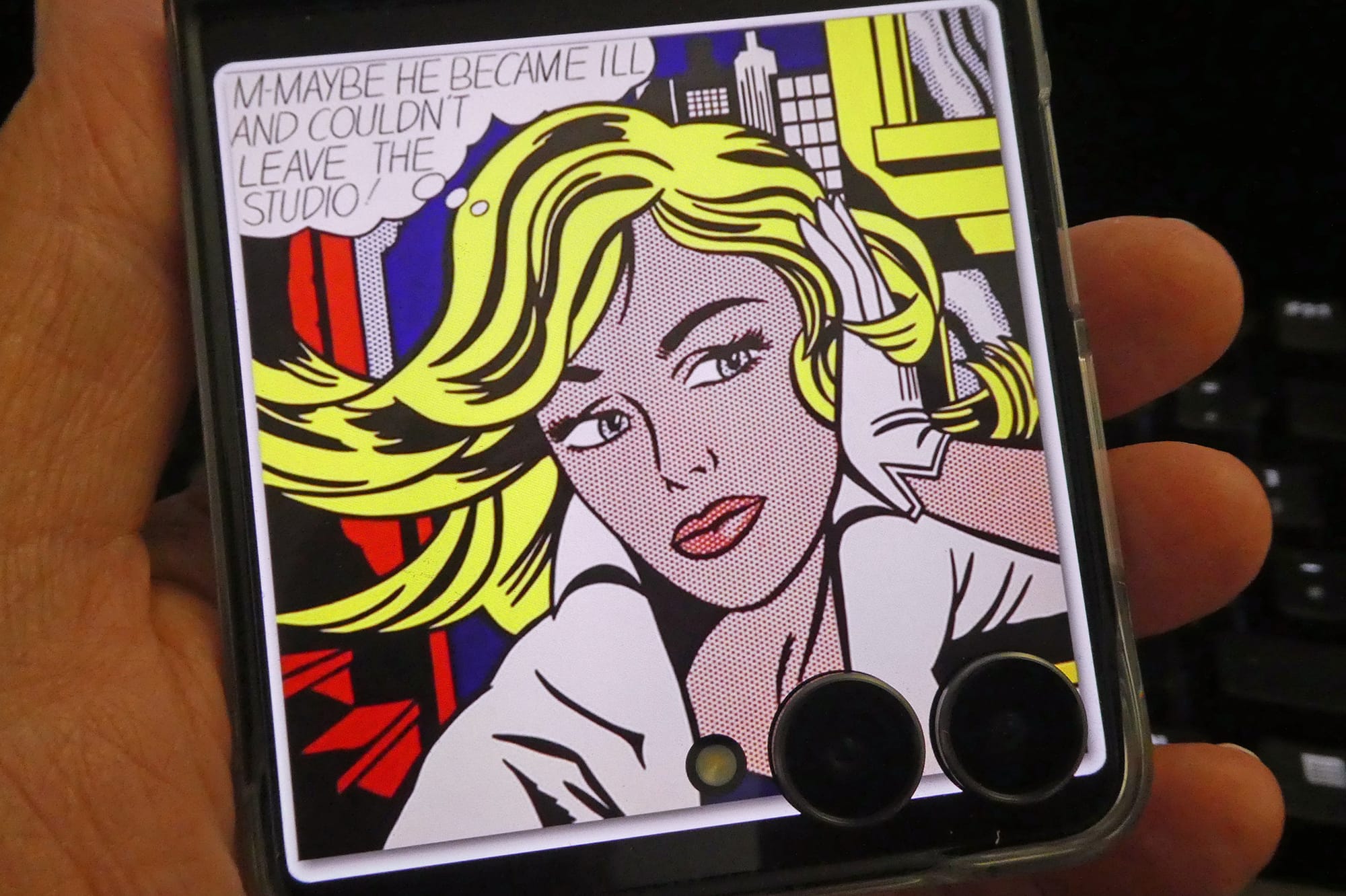
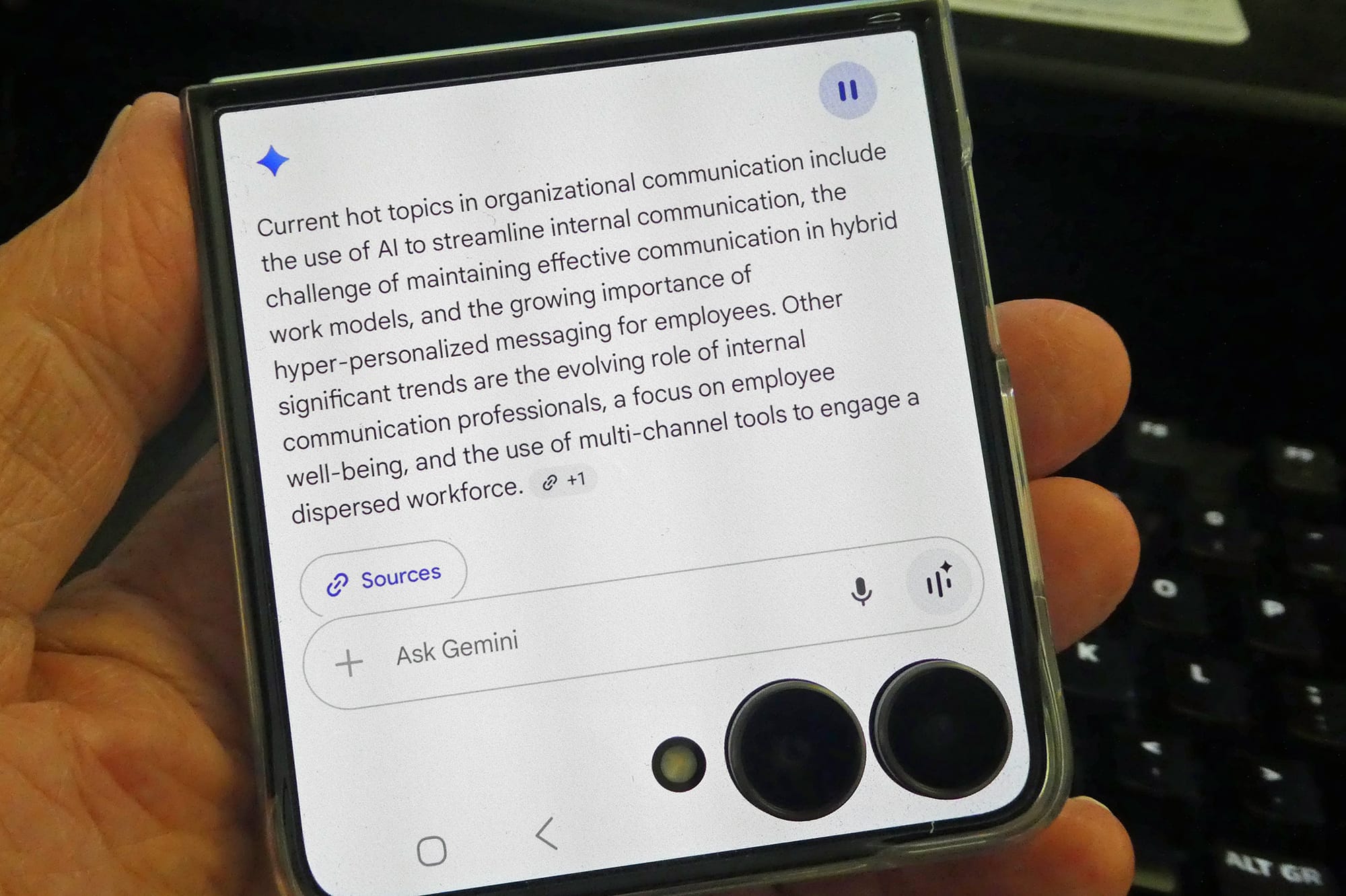
View or interact? Your imagination helps you decide how you'll use the cover screeen on your Z Flip 7
It's not perfect, though. As with previous generations, Samsung still restricts the cover screen's use of full apps out of the box. To unlock that functionality, you need to install Samsung’s Good Lock and Multistar modules – not exactly a plug-and-play solution.
It’s a workaround that power users will tolerate, but a barrier for most others. For a phone that otherwise leans so confidently into usability and polish, this still feels like an unnecessary layer of complexity. Still, Samsung’s approach with the Flip 7 does feel more polished and better integrated with the broader experience.
It’s worth noting that the Flip 7’s camera system and battery life haven’t seen radical upgrades from the Flip 6. But, compared to the Flip 5 I used daily for two years, the 7 represents a clear step forward.
With 12Gb RAM compared to 8Gb in the Flip 5, the Flip 7 feels much snappier, with better image processing and more efficient battery use overall (with a battery in the Flip 7 that delivers 4300 mAh, up from 3700 mAh in the Flip 5).
It's the difference between confidently using the phone for well over a day, without needing to charge it, or worrying if your device will make it until you find a power socket or connect a battery pack.
Integrating the AI Experience
This is where the Flip 7 really begins to show its strength: AI.
Samsung has brought its Galaxy AI features to the forefront in this device:
- On-device summarisation and translation.
- Intelligent photo editing.
- Smart interactions on the cover screen itself, including using Gemini Live to share your screen or the live feed from the phone's camera.
The Flip 5 offered glimpses of this, but the 7 takes it much further – not just in features but in the seamless integration of AI into daily use.
My Flip 7 arrived only a few days ago (and for clarity and transparency – I bought the phone myself: this isn't a promo post for Samsung). It’s early days yet for me with this device, but I expect it to bring real productivity benefits alongside a lot of fun in using it:
- Quick interactions without unfolding the phone.
- Smarter access to apps and information.
- Tools that assist, suggest, adapt and entertain.
In short, this feels like much more than a hardware refresh. More, even, than the giant leap forward I said of the Flip 5 in 2023. It’s a strong signal of where foldables – and mobile AI – are heading next.
I’ll share more impressions once I’ve spent time working with it. But already, the combination of enhanced design, embedded intelligence and improvements in hardware and software capabilities makes a strong business (and personal) case for the upgrade.


